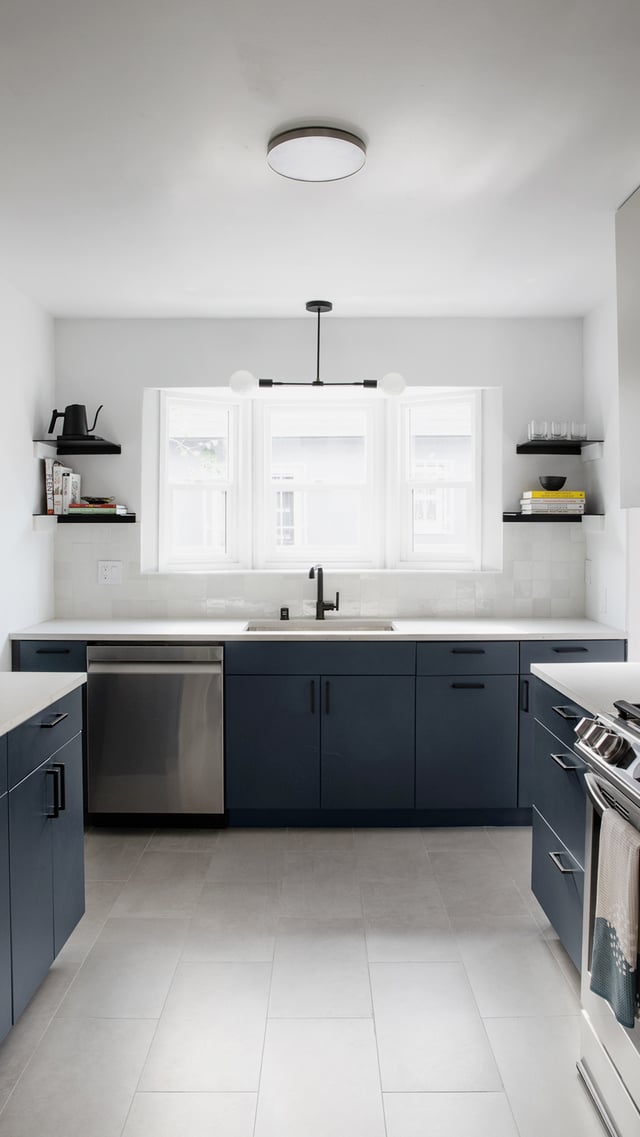
Cost
How Much Does a Home Renovation Cost in LA?
03.13.2025
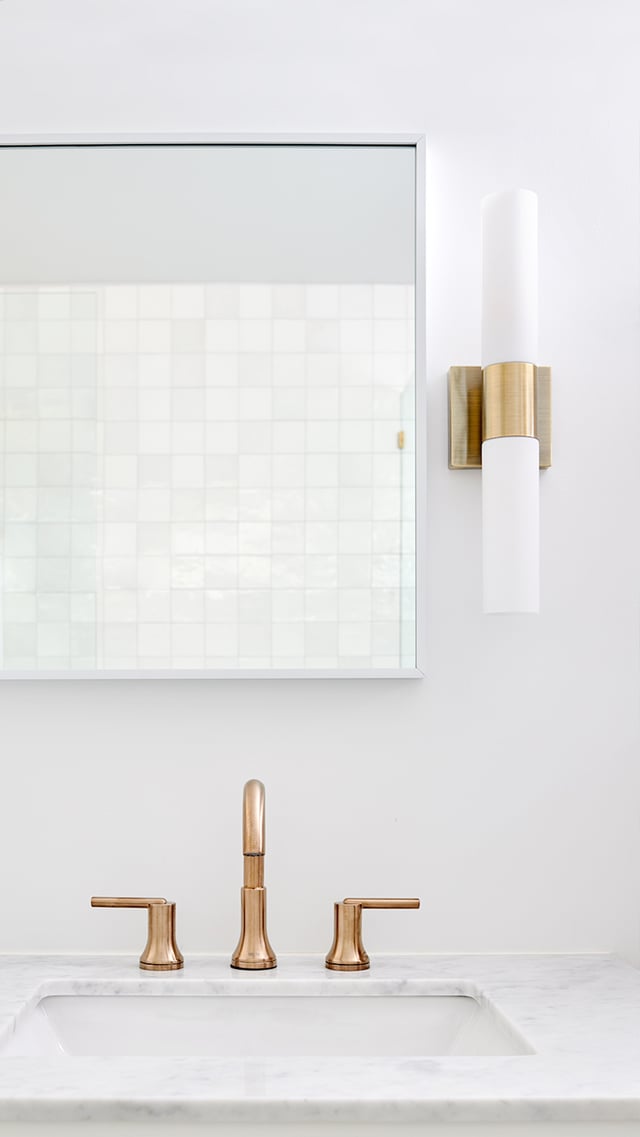
In This Article
First introduced in 1978, Title 24 is a list of measures in California’s Code of Regulations that oversees energy efficiency standards for both new and existing buildings. These regulations dictate the energy efficiency standards that domestic lighting and other appliances are expected to adhere to. In other words, it’s something you should pay attention to before dreaming up your ideal kitchen or bathroom lighting renovation plans.
The California Energy Commission updates these standards every three years to ensure that the standards fully incorporate the latest energy conservation technologies and architecture. One of the most important components of these standards is the lighting codes mentioned under Title 24. While every aspect of a new construction or remodel is affected by these codes, they affect kitchens and bathrooms the most. All new or remodeled kitchens built in the state are expected to meet these strict lighting standards. Here’s what you need to know before swinging the sledgehammer on those old cabinets:
According to the regulations, at least 50% of the wattage or electric power used in a kitchen must be consumed by high-efficacy lighting. High-efficacy lighting is an umbrella term used to describe LEDs and fluorescents. To ensure the lights qualify as high-efficacy products, the manufacturers need to get these products certified by the California Energy Commission. In-cabinet and adjacent lighting used to light up small tables and breakfast nooks can be excluded from the wattage calculation depending on design convenience.
Furthermore, these products cannot contain sockets that allow low-efficacy lighting. If the products are LED-based, they need to rank at least 90/100 on the color rendering index (CRI). The color rendering index is a parameter that measures crispness and color accuracy. The color temperature range for these lights must be between 2000-4000K for indoor use. It should be noted that most primitive LEDs do not provide this temperature range.
The standards contain a short but specific list of lighting codes for residential bathrooms. All these codes need to be considered while making any new additions/alterations to your bathroom.
Title 24 requires at least one light fixture in each bathroom to be a high-efficacy luminaire. Vacancy sensors should mandatorily control all other low-efficacy fixtures. Vacancy sensors are intelligent motion sensors that sense a human presence in a room and switch the lights on or off. Additionally, these sensors must allow the user to turn these lights on or off manually.
Other utility and non-utility rooms need to comply with specific standards mentioned on the California Energy Commission’s website.
These strict energy standards are enforced and updated regularly to ensure high energy efficiency in the state. Apart from being energy conscious, these standards also aim to maximize living comfort for all occupants. Homeowners are advised to seek professional help and ensure compliance with these standards when remodeling their residences.
When in doubt, Block is here to help with your California kitchen or bathroom renovation. Get an estimate today.
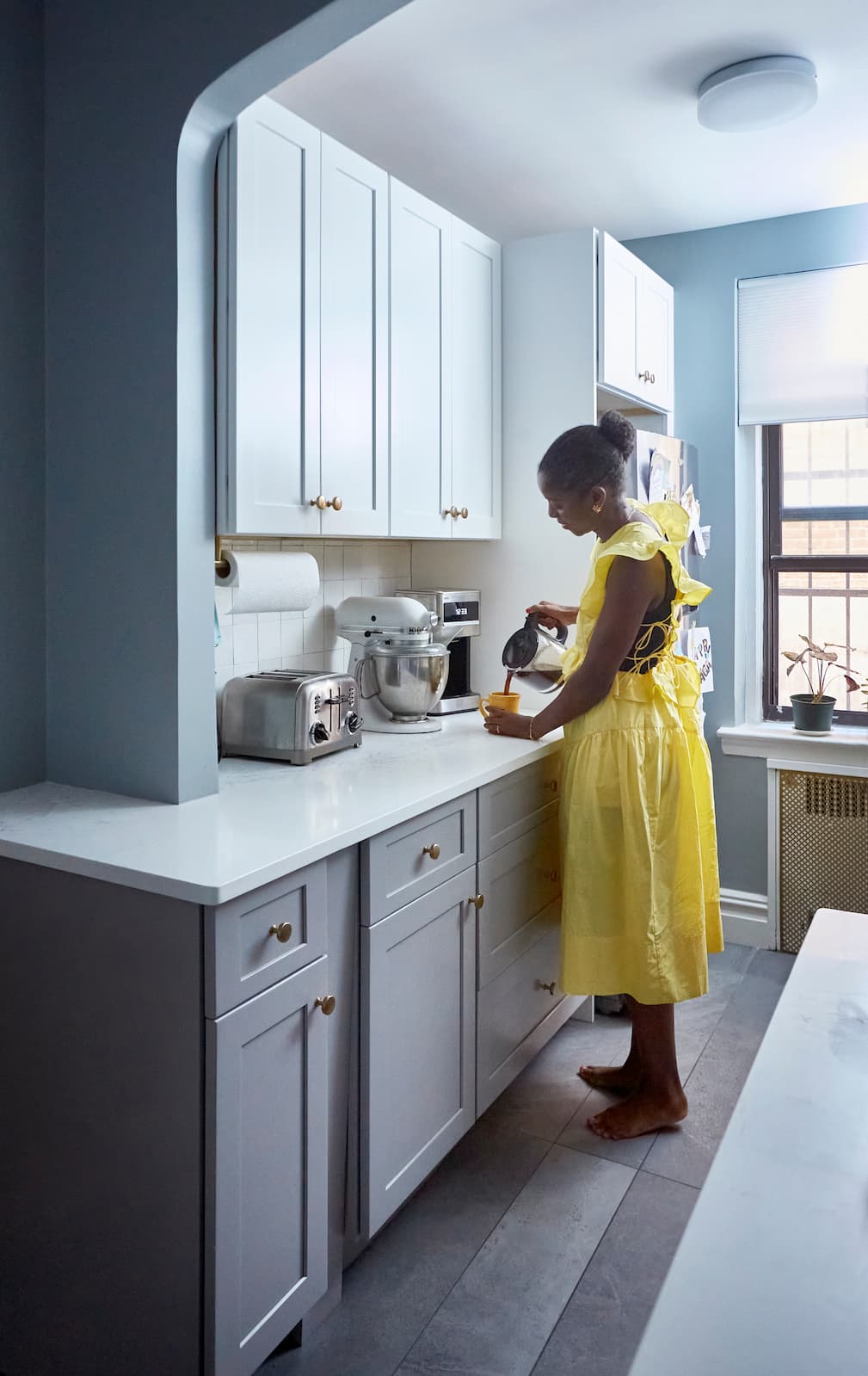
Renovate confidently with Block
Easily compare quotes from top quality contractors, and get peace of mind with warranty & price protections.
Thousands of homeowners have renovated with Block

4.5 Stars (100+)

4.7 Stars (100+)

4.5 Stars (75+)

Cost
How Much Does a Home Renovation Cost in LA?
03.13.2025
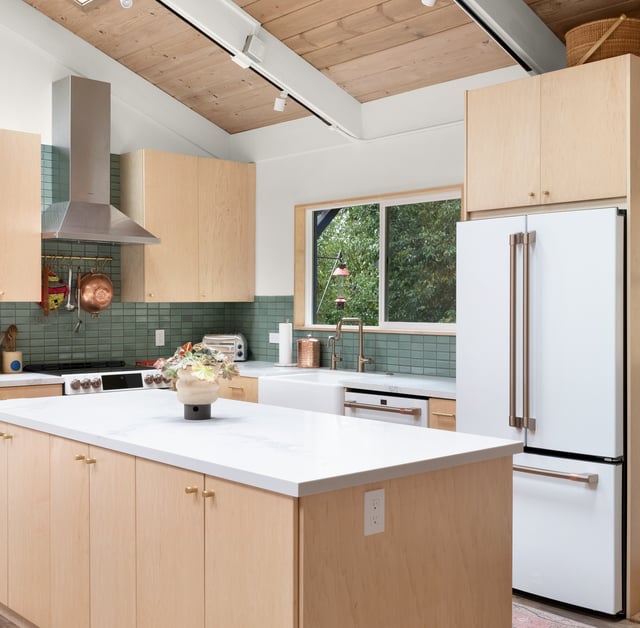
Cost
How Much Does a Home Renovation Cost in the Bay Area?
03.13.2025

New York
The Ultimate Guide to NYC Condo and Co-op Board Approval for Renovations
01.27.2025
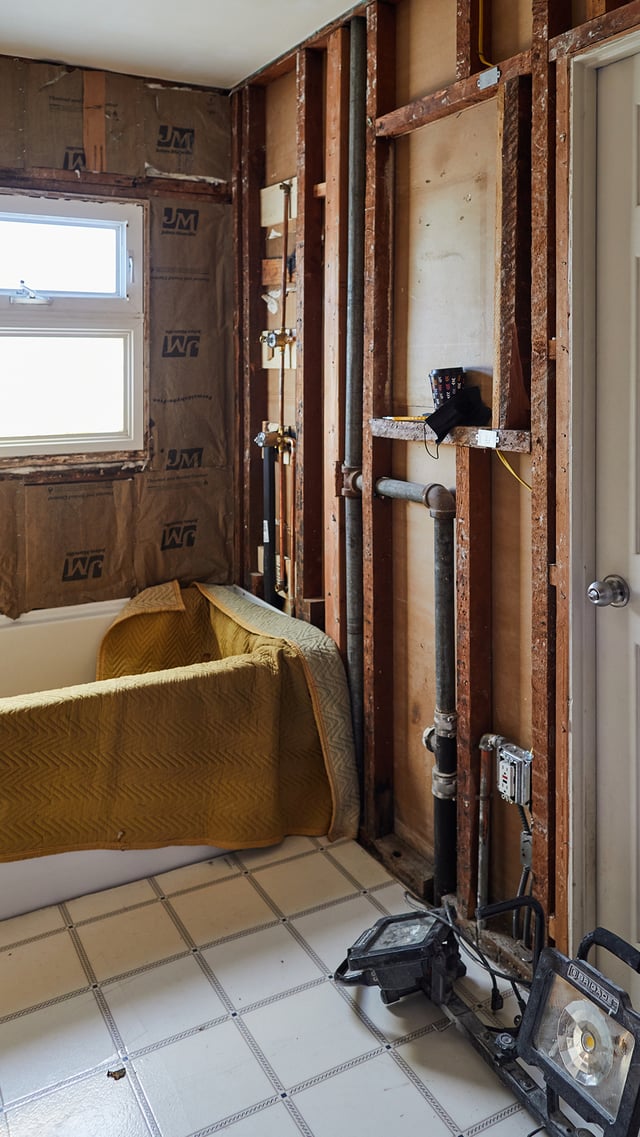
Los Angeles
Doing a Gut Renovation in Los Angeles
11.11.2024

Bathroom
Do You Need A Permit to Remodel Your Bathroom in NYC?
08.21.2024
Renovate confidently